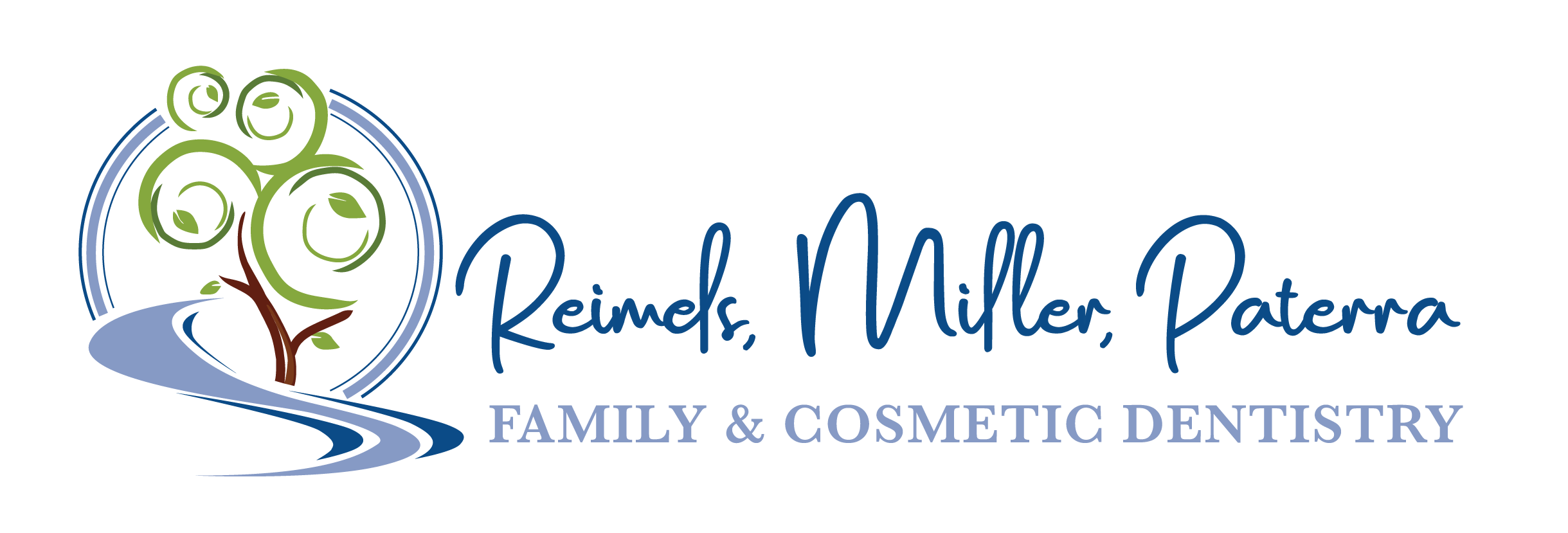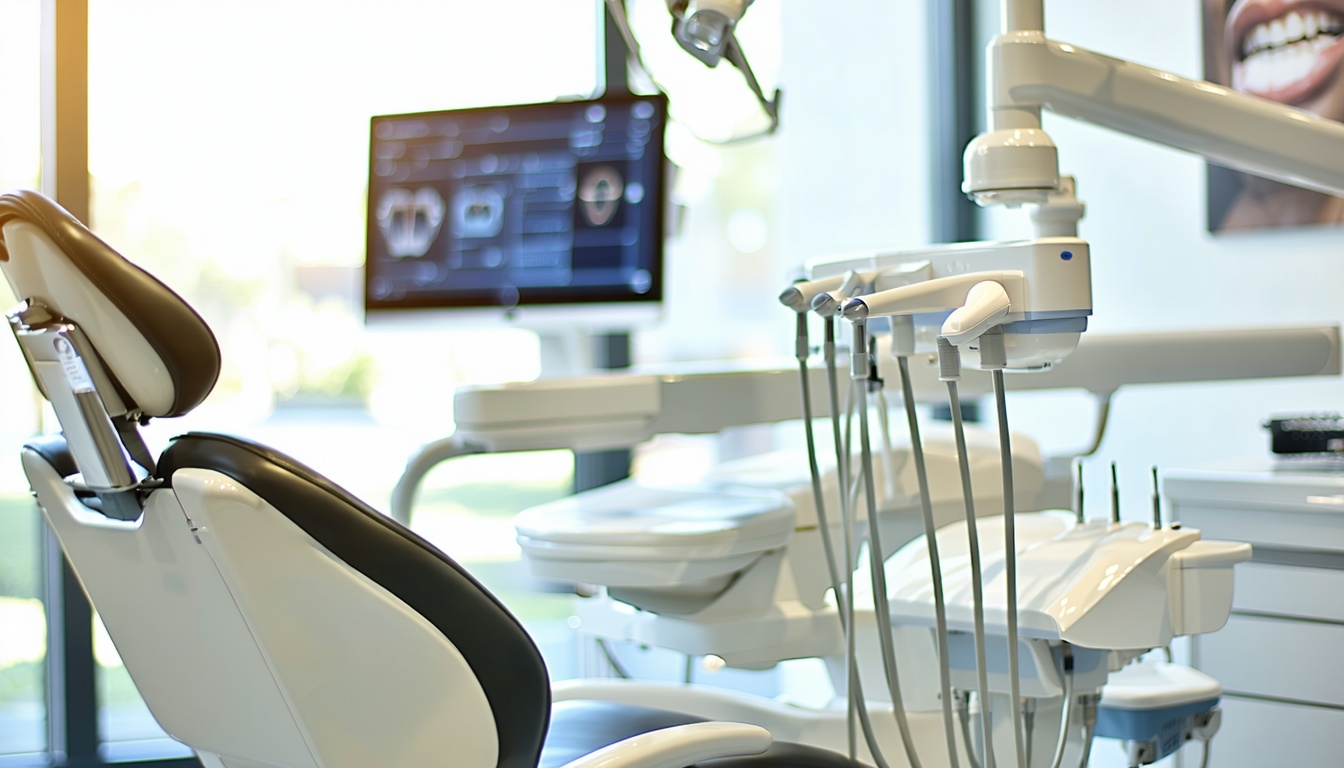Understanding Dental Insurance Coverage
Understanding the complexities of dental insurance coverage can be pivotal for anyone considering a mandibular advancement device (MAD), particularly for those affluent professionals and retirees in Huntersville, NC, who prioritize quality dental care.
Mandibular Advancement Device Coverage
A mandibular advancement device is commonly used to treat sleep apnea by moving the lower jaw forward to keep the airway open during sleep, thus improving sleep quality and reducing symptoms. This therapy can have substantial benefits, but understanding your insurance coverage is crucial.
Insurance Providers Covering MAD:
Many major insurance carriers cover mandibular advancement devices, as they recognize sleep apnea as a medically necessary condition due to its potential to cause significant health issues like high blood pressure and heart disease.
| Insurance Provider | Coverage |
|---|---|
| Aetna | Yes |
| BlueCross Federal | Yes |
| Cigna | Yes |
| Humana | Yes |
| Premera | Yes |
| TriCare | Yes |
| United Healthcare | Yes |
For more information on TMJ and sleep apnea-related treatments, see our pages: aetna approved tmj dysfunction treatment, bcbs dentist for tmj treatment, and united healthcare tmd treatment dentist.
Coverage Specifics
Oral appliances like MADs are generally classified as dental devices rather than durable medical equipment. Typically, insurance payment for these devices includes follow-up care, fitting, adjustments, modifications, and professional services during the first 90 days (CMS).
Key Steps for Coverage:
- Clinical Diagnosis: The first step to obtaining insurance reimbursement is a clinical diagnosis of sleep apnea from a doctor, confirmed through a valid sleep test such as a polysomnogram (PSG) (Daybreak).
- Custom-Made Device: The device should be a custom-made oral appliance specifically designed for the patient’s dental structure.
- Insurance Pre-Approvals: Ensure pre-approval from your insurance carrier to verify coverage details and out-of-pocket costs.
If you’re exploring options to straightening your smile, visit delta dental sleep apnea dentist, metlife dental appliance for sleep apnea, or blue cross oral device for sleep apnea treatment.
By carefully navigating insurance details, you can maximize your insurance benefits for mandibular advancement devices and ensure comprehensive coverage for your treatment needs.
Importance of Custom Oral Appliances
Custom oral appliances, specifically mandibular advancement devices (MADs), are vital in managing obstructive sleep apnea (OSA). These devices are designed to move the lower jaw forward, ensuring the airway remains open during sleep. This section will explore their efficacy and benefits, as well as their suitability for different levels of sleep apnea.
Efficacy and Benefits
Custom-made oral appliances are proven to be the most effective treatment for OSA compared to over-the-counter alternatives (Cleveland Clinic). Here are some of the key benefits:
- Improved Sleep Quality: By keeping the airway open, these devices help reduce sleep interruptions, leading to better overall sleep quality.
- Reduction in Symptoms: Users experience a significant reduction in symptoms such as snoring and daytime sleepiness.
- Enhanced Comfort: Custom-made devices fit the user’s mouth perfectly, offering greater comfort than generic “boil and bite” models.
- Less Invasive: Unlike surgeries or continuous positive airway pressure (CPAP) machines, oral appliances offer a non-invasive treatment option.
| Benefit | Description |
|---|---|
| Improved Sleep Quality | Keeps airway open to reduce sleep interruptions |
| Reduction in Symptoms | Decreases snoring and daytime sleepiness |
| Enhanced Comfort | Custom fit ensures comfort |
| Less Invasive | Non-invasive as compared to other treatments |
For more information on the advantages of custom-made devices and their role in managing OSA, see our section on oral appliance therapy.
Suitability for Sleep Apnea Levels
MADs are suitable for various levels of sleep apnea, from mild to severe cases. According to Daybreak, these devices are commonly used for:
- Mild to Moderate Sleep Apnea: MADs are highly effective for those with mild to moderate OSA. They are often recommended as an initial treatment option.
- Severe Sleep Apnea: While CPAP machines are the primary treatment for severe cases, MADs are increasingly being used, especially for patients who cannot tolerate CPAP.
- Chronic Snoring: For individuals who experience chronic snoring without diagnosed OSA, mandibular advancement devices can provide relief by adjusting the jaw and preventing airway obstruction.
| Condition | Suitability |
|---|---|
| Mild OSA | Highly effective |
| Moderate OSA | Recommended initial treatment |
| Severe OSA | Alternative for CPAP-intolerant patients |
| Chronic Snoring | Effective in reducing snoring |
To explore more about which dental sleep treatments are covered by insurance and how to maximize your benefits, check out our section on dental sleep treatments and insurance.
Affluent professionals and retirees in Huntersville, NC, who value premium dental care can benefit from these advanced treatments. With comprehensive dental insurance like BCBS, MetLife, and others, the focus remains on achieving optimal health outcomes. For those seeking a trusted provider for [insurance that covers mandibular advancement device] and other advanced services, explore our offerings to ensure you get the best care possible.
Adjusting to Oral Appliance Therapy
Initial Discomfort
Embarking on oral appliance therapy, especially for treating conditions like obstructive sleep apnea, may lead to initial discomfort. It takes approximately two to four weeks to adjust to wearing a mandibular advancement device (MAD), with initial discomfort typically improving after this period (Cleveland Clinic). Common short-term effects may include:
- Jaw Pain
- Tenderness of Teeth
- Hypersalivation
These side-effects arise as your mouth, teeth, and jaw adapt to the new position enforced by the appliance. Being aware of these initial challenges can prepare you for a smoother transition.
Long-Term Adaptation
After overcoming the initial phase, long-term adaptation to oral appliance therapy becomes more manageable. This period can sometimes extend to months as patients fully adjust to the device (PubMed).
| Adaptation Period | Discomfort Level |
|---|---|
| 1–2 Weeks | High |
| 3–4 Weeks | Moderate |
| 5+ Weeks | Low |
Monitoring your progress and attending follow-up appointments with your dental specialist is crucial. The team at Dr. Fox’s practice can offer guidance and adjustments to the device as needed, ensuring a personalized and comfortable fit.
Making sure you effectively use your insurance can alleviate concerns related to ongoing care. It is important to note that the initial services, including fittings and adjustments, are typically covered within the first three months of using the device. This aligns with follow-up care practices to ensure optimal adaptation and device function.
For more information on how to maximize the benefits of your insurance for dental sleep treatments, check out our guide on insurance for snoring and sleep apnea therapy. By planning ahead and consulting with Dr. Fox’s team, you can better navigate your coverage options and minimize out-of-pocket costs (Pennsylvania Dental Sleep Medicine).
Understanding the nuances of your coverage is vital. Explore more about does insurance cover TMJ therapy and delta dental TMJ coverage approved providers for a comprehensive understanding of the insurance terms and maximizing your benefits.
Side Effects and Considerations
When considering oral appliance therapy, it’s important to be aware of potential side effects and considerations. This section explores the common short-term effects and potential long-term issues associated with mandibular advancement devices (MADs).
Common Short-Term Effects
Using a mandibular advancement device can lead to several short-term side effects. These effects are generally mild and often reduce or disappear as you adapt to the device.
- Excessive Saliva: Initial stages of using the device may cause increased saliva production.
- Dry Mouth: Conversely, some patients may experience dry mouth.
- Soreness or Tooth Discomfort: The device may cause slight soreness in your jaw or discomfort in your teeth during the early days of use.
- Temporary Bite Changes: Some users report changes in their bite, which are usually temporary and correct themselves once the device is removed (Cleveland Clinic).
- Jaw Pain: Jaw pain and tenderness are also common, especially if the device causes significant mandibular advancement.
Potential Long-Term Issues
While most side effects of MADs are short-term, there are some potential long-term issues to consider. These issues are typically related to prolonged use of the device and may require professional intervention.
- Dental Changes: Long-term use of MADs can cause dental changes, such as tooth movement or altered bite alignment.
- Temporomandibular Joint (TMJ) Problems: Incorrect fit or long-term use may exacerbate or trigger TMJ issues (e.g., jaw pain, bite alignment issues). It’s crucial to ensure that your appliance is properly fitted.
- Adaptation Period: The adjustment period for using MADs can last for weeks to months, and continuous follow-up care is essential (PubMed).
- Maintenance Requirements: Regular adjustments and follow-up visits are necessary to ensure the optimal performance of the device (CMS).
Proper monitoring and regular dental check-ups can help mitigate these long-term issues. If you experience persistent discomfort or new dental issues, consult your dentist.
For those with comprehensive dental insurance, exploring your benefits can provide financial support for both initial treatment and follow-up care. Learn more about does insurance cover tmj therapy and coverage for specific conditions such as tmj jaw dysfunction treatment accepted by insurance.
| Side Effect | Duration | Suggestions |
|---|---|---|
| Excessive Saliva | Short-Term | Adaptation over time |
| Dry Mouth | Short-Term | Stay hydrated |
| Soreness or Discomfort | Short-Term | Proper adjustment and use |
| Temporary Bite Changes | Short-Term | Removal of device |
| Jaw Pain | Short-Term/Long-Term | Proper fitting and adjustments |
| Dental Changes | Long-Term | Regular dental check-ups |
| TMJ Issues | Long-Term | Consult a specialist |
A well-fitted mandibular advancement device, combined with professional dental care, can minimize risks and enhance the effectiveness of your sleep apnea treatment. Consult with your dentist about potential insurance benefits to maximize your coverage.
Dental Sleep Treatments and Insurance
Coverage Details for Sleep Treatments
Understanding the insurance that covers dental sleep treatments is essential for affluent professionals in Huntersville, NC. Contrary to common misconceptions, many insurance plans do provide coverage for dental sleep treatments if they are deemed medically necessary. This includes treatments for snoring, sleep apnea, and teeth grinding (Pennsylvania Dental Sleep Medicine). Most medical insurance plans cover dental appliance therapy as Durable Medical Equipment (DME) to treat obstructive sleep apnea, provided the necessary criteria are met.
| Insurance Provider | Coverage Type | Coverage Details |
|---|---|---|
| BCBS | Dental Appliance | Covered as DME for obstructive sleep apnea. Visit sleep apnea dental specialist with BCBS. |
| MetLife | TMJ Specialist | Covered for related TMJ and sleep apnea treatments. Check metlife insurance TMJ specialist. |
| United Healthcare | Sleep Apnea Device | Approved for oral appliances to treat sleep apnea. See united healthcare approved sleep apnea appliance. |
| Delta Dental | Sleep Disorder | Covers oral appliance therapy. Refer to delta dental sleep apnea dentist. |
| Aetna | Sleep Solutions | Coverage for sleep apnea dental solutions. Check aetna-approved sleep apnea dental solutions. |
Maximizing Insurance Benefits
To maximize your insurance benefits for dental sleep treatments, it is important to plan ahead and work closely with your dental provider. Dr. Fox’s team can help navigate the complexities of insurance coverage to ensure you receive the maximum benefits and minimize financial burdens (Pennsylvania Dental Sleep Medicine).
Here are some key steps to consider:
-
Understand Your Policy: Review your insurance policy to understand what dental sleep treatments are covered. Knowing the scope of your coverage helps in planning the treatment and managing costs. Dr. Fox emphasizes the importance of this understanding.
-
Check Eligibility Criteria: Confirm the eligibility criteria for coverage of sleep apnea devices and mandibular advancement devices. Ensure your treatment is classified as medically necessary, which is often required for insurance approval.
-
Pre-Authorization: While pre-authorization is not always required, it is advisable to get pre-authorization for extensive treatments to avoid any unexpected denial of claims.
-
Partner with Your Dentist: Collaborate with your dentist’s office to submit the necessary documentation and evidence for your claim. They can help prepare and submit all required paperwork to your insurance company.
For more detailed advice on maximizing your insurance benefits, visit our page on oral appliance therapy for sleep apnea with insurance.
Understanding your insurance coverage and working closely with your provider can significantly enhance your experience, ensuring you get the dental sleep treatments you need without financial strain.
Medicare and Major Insurers Coverage
Understanding the specifics of insurance coverage, especially regarding a mandibular advancement device, is crucial. From eligibility criteria to reimbursement guidelines, this section will help you navigate the intricacies of obtaining insurance that covers this essential dental treatment.
Coverage Eligibility Criteria
Medicare and major insurers often follow detailed criteria to determine eligibility for oral appliances used to treat obstructive sleep apnea (OSA). According to the Centers for Medicare & Medicaid Services (CMS):
- Durable Medical Equipment (DME) Benefit: The oral appliance must be covered under the DME benefit. This includes compliance with the Local Coverage Determination (LCD) criteria.
- Required Documentation: You must provide documentation proving that the device is medically necessary and meets the conditions set out by the insurer.
- Physician Certification: A prescription from a qualified physician detailing the need for an oral appliance is required. This typically involves a sleep study confirming a diagnosis of OSA.
- KX Modifier Usage: Suppliers must add a KX modifier to the code if all “Coverage Indications, Limitations, and/or Medical Necessity” criteria have been met. Failure to meet the requirements disallows the use of the KX modifier, and claims lines will be rejected if submitted without the necessary modifiers.
Reimbursement Guidelines
Reimbursement procedures for oral appliances under Medicare and major insurance plans have specific protocols:
- Initial Coverage: The initial 90-day period for oral appliances, including fitting and adjustments, is covered. After this period, follow-ups and modifications are not covered.
- Repairs: Repairs are covered if necessary to make the appliance serviceable. However, if repair costs exceed the price of a new device, the excess is not covered.
- Replacement: Devices are eligible for replacement at the end of their 5-year “reasonable useful lifetime” (RUL). Replacements can occur earlier if the device is lost, stolen, or irreparably damaged (CMS).
- Follow-ups and Adjustments: Adjustments and modifications post the initial 90-day period are typically out-of-pocket costs unless specified by the policy.
For more information, consult your specific insurer. Check how global providers like BCBS for TMJ treatment or Metlife specialist for TMJ align with these CMS guidelines.
| Criteria | Medicare Coverage Details |
|---|---|
| Initial Coverage | 90 days, including fitting and initial adjustments |
| Follow-Up Visits | Not covered post 90 days |
| Repairs | Covered if necessary and cost-effective |
| Replacement | Eligible after 5 years unless lost, stolen, or damaged |
| Documentation | Requires sleep study and physician certification |
For additional insights on specific insurance coverages, such as tmj disorder treatment covered by Aetna or TMD therapy with Blue Cross Blue Shield insurance, consult our detailed articles. Maximizing your insurance benefits for dental sleep treatments requires understanding these guidelines and working closely with your provider.








